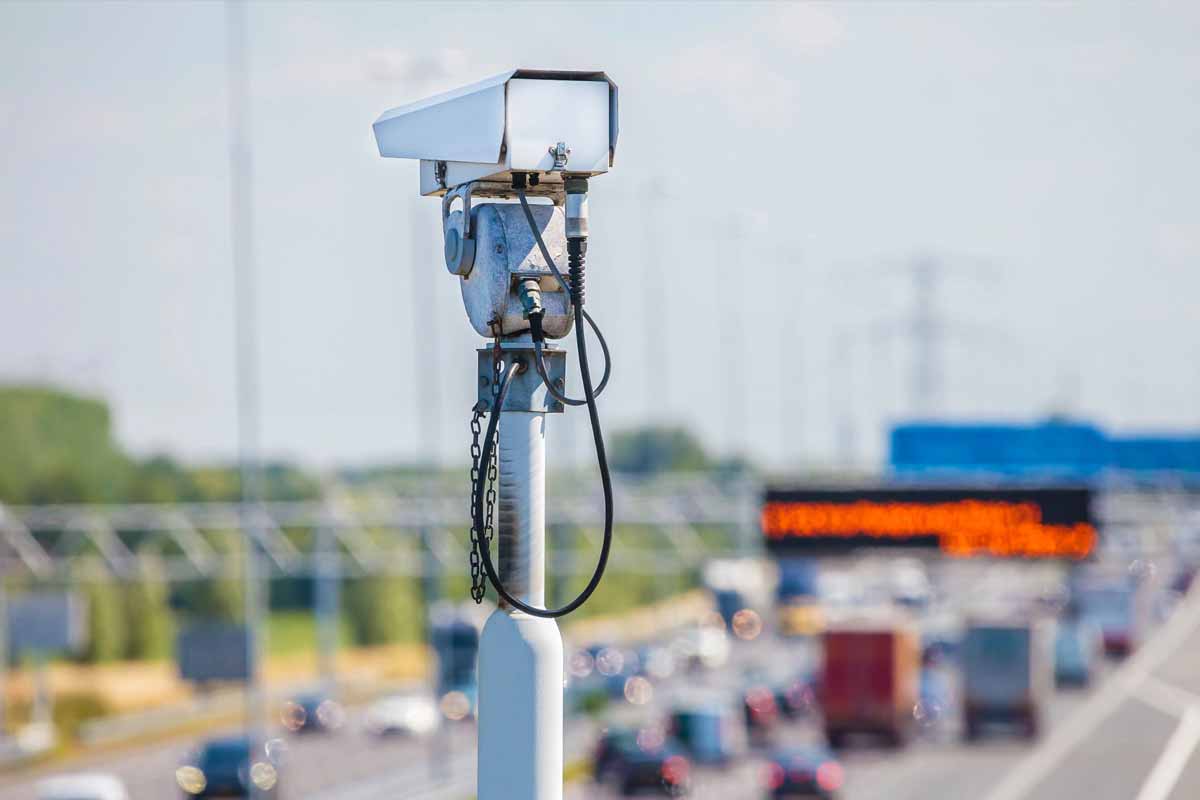Left-lane law touches nerves before coffee has kicked in. Everyone thinks they know the rule of the fast lane. Some cruise, some tailgate, some pound the horn. States rewrite the script, and the mood swings with it. Today, one state moved the spotlight to the passing lane.
Left-lane law
We treat highways like kitchens on a rush shift. Heat rises, tempers pop, and timing rules everything. A clogged passing lane breeds impatience and risky darts to the right. That’s where the idea of a strong left-lane law steps in. Clear lanes mean predictable speed and calmer shoulders. Drivers learn a rhythm: pass, merge, breathe. The culture change takes time, yet the payoff feels immediate when a blocker finally slides right. Think of traffic as a skillet. Space makes sear. Steam makes mess. A crisp rule helps. Some states allow cruising. Others reserve the lane like a stage mic, use it, then step back. This tighter left-lane law thinking is spreading because it lowers surprises, which lowers crashes.
Louisiana turns the dial
Louisiana just put teeth on the passing lane. The governor signed Senate Bill 11, and the countdown is short. Starting August 1, creeping below the limit in the left lane draws a ticket. First offense, $150. Second, $250. Third, $350 with possible thirty days in jail for repeat trouble. The signal is loud: the lane is for passing, not daydreaming. The state wants smoother flow and fewer right-side slingshots. A focused left-lane law can cut the accordion effect that spikes rear-end collisions. You’ve felt that wave: one slow car, ten brake lights, twenty frayed nerves. This move isn’t a green light for speeders. It’s a nudge toward order. Pass with intent. Return right with grace. Everyone gets home sooner, with fewer stories to file and fewer dents to explain.
Faster fines, sharper tools
Policy doesn’t live on paper; it lives in dashboards. Across the map, penalties are getting clearer and stingier. Florida raised the bar on deterrence, especially for the jaw-dropping cases. Go fifty over and you’re courting a cell, not a lecture. Automated cameras are multiplying, and yes, they see what you think they miss. The point isn’t punishment as a business model. It’s predictability. Drivers respond to rules they understand and consequences they can’t ignore. Tie that clarity to a strong left-lane law, and you reduce the little gambles that turn into big wrecks. Tech handles the measuring. Humans handle the judgment. Signal early. Keep gaps. Hold a steady pace. When the system hums, the road feels lighter. You sense it at the merge where nobody panics. That’s policy working in plain sight, no press release required.
Robocars at the curb
While tickets trend upward, another story pulls alongside. Self-driving pilots are rolling through Austin like a quiet parade. Waymo maps the grid. Zoox tests its tidy pods. Tesla teases rides without a human hand on the wheel. Rules need to answer simple questions with crisp lines. Who speaks to police after a near miss? Which logs get saved, and who audits them? How do we stage a safe pull-over in a storm? A clean left-lane law still matters in this future. Robots follow lanes, too, and predictability is oxygen for their code. Full automation isn’t our daily ride yet. Most systems assist, not replace. Human drivers remain responsible, eyes up, hands ready. Lawmakers are sketching the scaffolding so innovation lands on solid ground. The goal is the same as ever: fewer sirens, steadier mornings, and trust that grows, not shrinks.
What to do tomorrow morning
Start with courtesy, not fury. Treat the passing lane like a promise you keep. Pass decisively. Slide right. Let the flow breathe. Check your mirrors every few seconds and look twelve seconds down the road. Small habits prevent big drama. If your state updates penalties, read the changes, not just the comment wars. When cameras arrive, see them as reminders, not enemies. Update your car’s safety settings and actually learn the alerts. A strong left-lane law helps only if we carry it into the commute. The more we honor it, the less we need the ticket book. Roads are shared kitchens. Heat is built in. Technique is learned. With clear rules and steady hands, the whole meal comes out better. You feel it in lower shoulders, quieter cabins, and trips that end on time. That’s the win we’re all hungry for.
